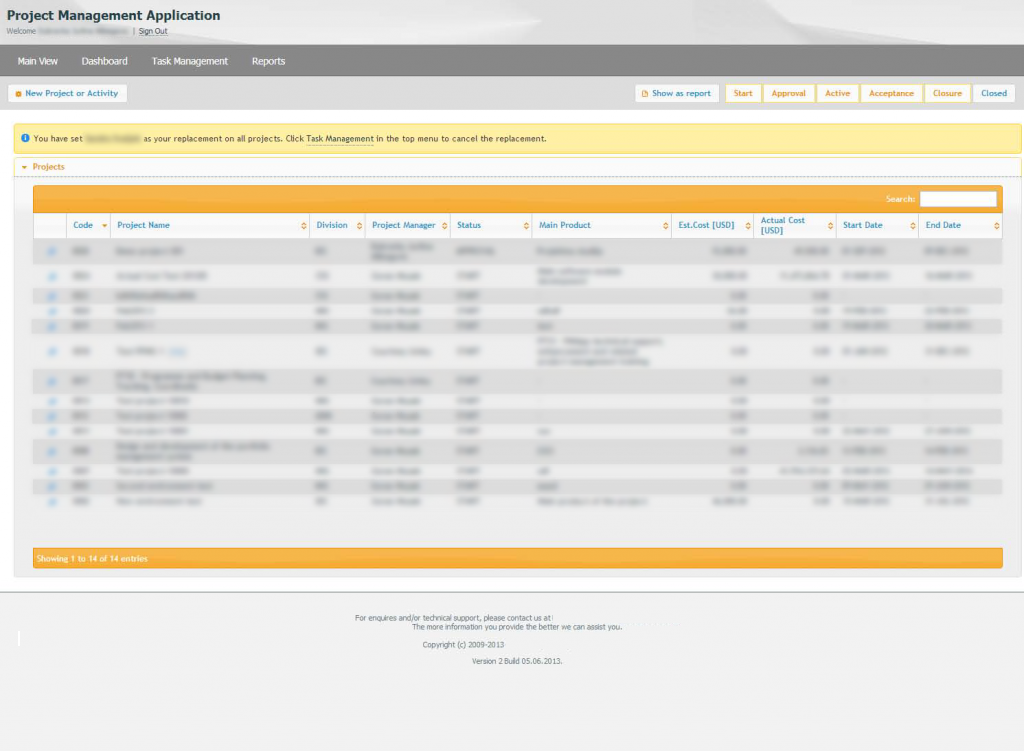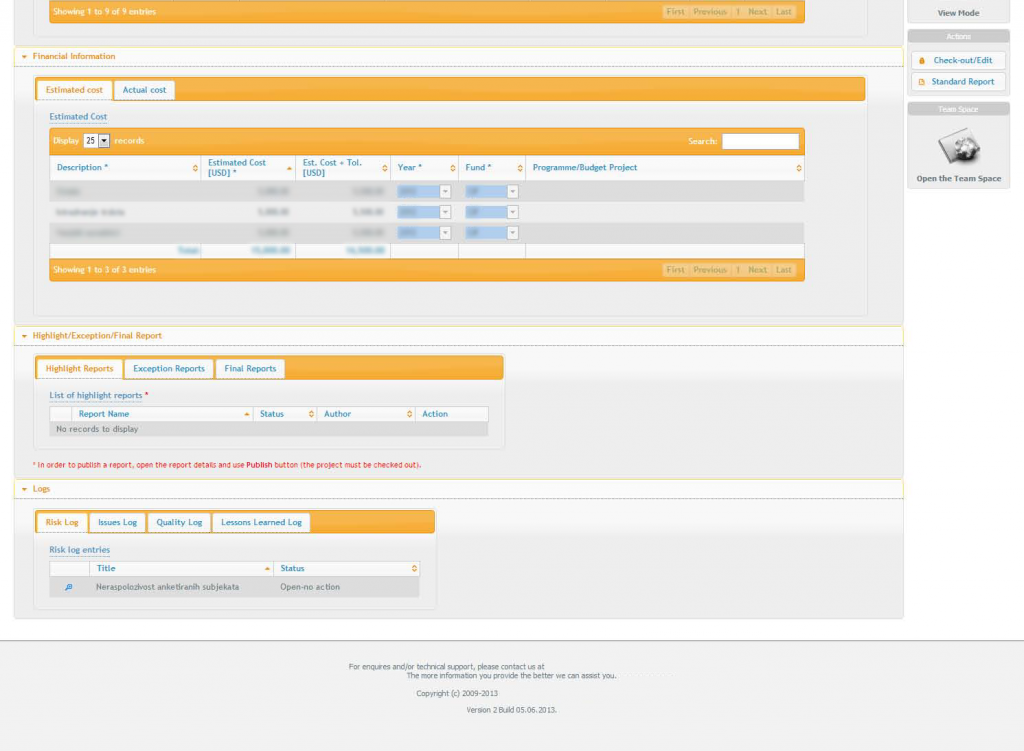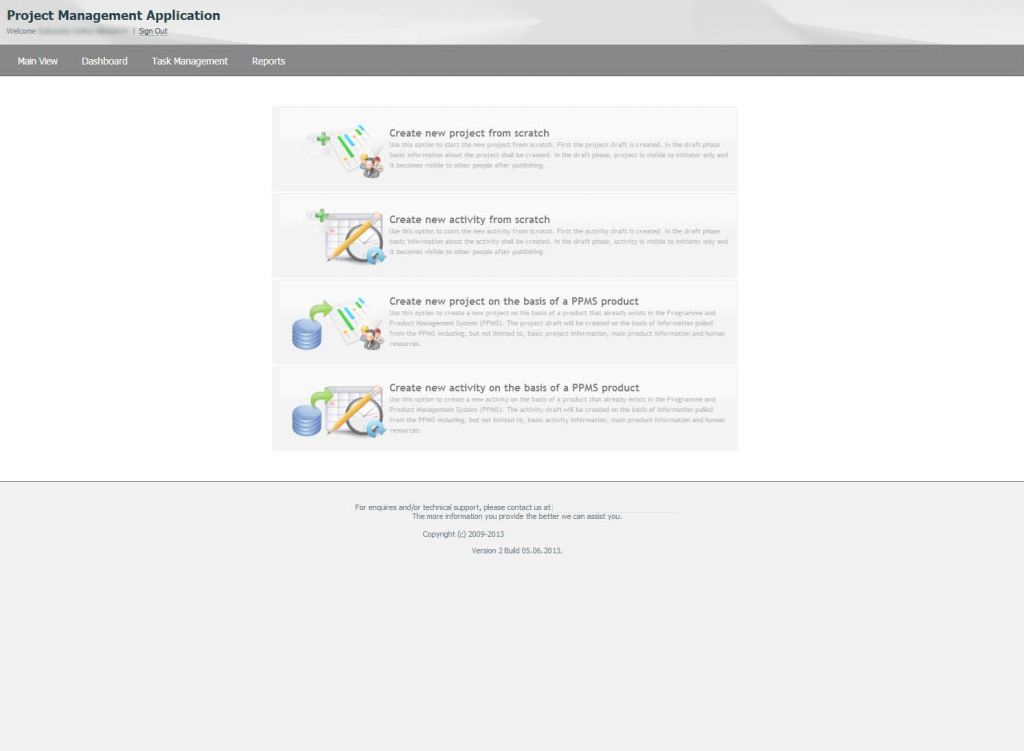Project Portfolio Management Application
The solution was developed for International Organization in order to provide consolidated overview of project portfolio through continuous tracking of projects, tasks, human and material resources. Along with flexible reporting system, it enables tracking of multi-year organizational goals and key indicators.

Idea, who, what
Existing project management system, established on PRINCE2 methodology, lacked suitable tool for providing multiyear program overview, which would enable easy identification of projects progress and potential issues for top-level management. By connecting existing data sources and document repositories, International Organization decided to implement project portfolio management application.

Challenge, goal
The main challenge in creating a specific, unique customer solution was to link with the existing robust document management system and harmonize it with the capabilities of the proposed digital platform to allow easy management of projects, tasks, reports, resources, and all other unique requirements.
In a secure manner, the solution had to integrate financial information sources with different roles and responsibilities that can be assigned to each project.
The solution was aligned with the customer’s existing project management methodology (PRINCE2). Namely, its work methodology contains many elements that are not necessary in the day-to-day project management in the classical sense. Therefore, the implementation had to be adapted to meet the principles of the methodology and specifics of clients’ project management routine.

Strategy, Technology, Solution
The developed solution is based on the Alfresco document management system that is fully tailored to specific customer’s requirements.
Project managers can enter basic project information from project charter and track project management methodology throughout the project life cycle. The typical life cycle of the project, adapted for projects in an International Organization, consists of the following stages: draft, start, approval, assets, acceptance and closure.
During the first phase, the project manager is responsible for managing project-related information. The information consists of basics: project title, responsible organizational unit, project leader and project sponsor, alignment with organizational strategic goals, justifications and project endpoints. After defining project information, all necessary links are set, including a repository for managing all documents during the project.
Further information includes details of the project products and its acceptance criteria as the main measure of project success, the timeframe of the project in Gantt’s chart form, project team information and budget information aligned with the ERP system of the organization.
The project manager is responsible for managing all information throughout the life cycle of the project. The solution allows him/her creation of various temporary reports during the project, risk management, problems, project quality and lessons learned.
Furthermore, the solution also has the task management so that each member of the team can, after registering in the system, monitor its current, future and completed tasks.


